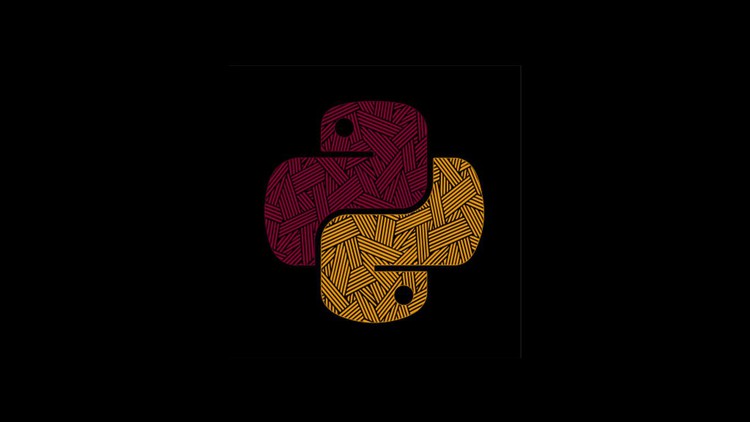
This Python 3 For Beginners Course Teaches You The Python Language in a short period of time. Straight to the point.
What you will learn
☑ Have a fundamental understanding of the Python programming language.
☑ Acquire the pre-requisite Python skills.
☑ Understand how to write Python.
☑ Write Python 3 (Latest Version).
☑ Have the skills and understanding of Python to confidently apply for Python programming jobs.
☑ Add the Python Object-Oriented Programming (OOP) to your skillset.
Description
Learn Python, a programming language with a wide variety of well-paying jobs in many fields, including data science and web development.
It is relatively easy to learn when compared to pretty much any other programming language since most of the time, using Python to do something will take less lines of code than with another programming language.
In this course, you will be taught the fundamentals of Python through high quality video and audio lectures.
Moreover, the course is updated regularly and you will often see a new lectures replacing an old lecture. That means with your one-time purchase you will have lifetime access to every new lecture tutorial added to the course. That will help you to keep in touch with Python on a regular basis.
How much time will I need to complete the course?
That depends on two factors:
(1) Your background: Someone coming from a math or computer science background may be able to complete the course in a shorter time compared to someone coming from a social science background, for example.
(2) The effort you put in: If all you do is passively watching the videos, you may finish the course in two days. However, merely watching the videos is not enough. You need to experiment with the code you see in the videos. The more you experiment with it, the better you become.
Will I get support if I get stuck?
Yes. Feel free to drop a question in the Q&A.
Does this course cover Python 2 or Python 3?
Python 3
What IDE/editor is used in the course?
We use PyCharm in the course. However, you can use your favorite IDE. Visual studio code, Atom, and even IDLE will work correctly.
Does the course expire?
No. Once you buy the course, it’s yours. We update the content regularly, and all the updates come to you for free in the one-time purchase you make.
English
Language
Content
Introduction
Installing Python
Pycharm Overview
Quiz 1
Python Basics
Variables
Concatenation
The Print() Function
Comments
Quiz 2
Working With Strings
Common Errors
Common String Functions
Indexing and Slicing
The Input() Function
Quiz 3
Working with Numbers
Arithmetic Operators
Built-in number functions
Order of expression
Comparison Operators
Looping
For Loops
Range
Nested For Loops
Break and Continue
While Loops
Basic finder using while loops
Conditionals
if statement
else if statement
Or, And, Not
Nested If and Shorthand If statements
Lists
Creating and Accessing List Items
Lists Methods
Lists Methods part 2
Nested Lists
Dictionaries
Creating and Accessing Dictionaries
Updating Keys and Values
Looping through Dictionaries
Looping through Dictionaries Part 2
Tuples and Sets
Tuples
Sets
Functions
Creating Functions
Parameters
The Return Keyword
Default function parameters
Flexible argument placing
Scope
Docstring
Args and Kwargs
Error Handling and Debugging
Common Errors
Raising our own errors
Try and Except blocks
Else and Finally
Debugging
Modules
Built-in python modules
Creating our own module
External Modules
Modules installing 2nd way
Web Scraping
Web Scraping
Web Scraping part 2
The Request Module
BeautifulSoup
Find Method
Simple Web Scraper
Files
Reading Files
Reading Files Part 2
Writing and Appending Files
Accessing External Files
Reading Excel
Writing Excel
Sending Emails using Python
Sending Emails with Python
Sending Emails with Python Part 2
Useful Mail Modules
OOP – Object Oriented Programming
OOP Concept
Classes and Objects
OOP Pillars
Encapsulation (Setters and Getters)
Inheritance Part 1
Inheritance Part 2
Polymorphism
Conclusion
Finally